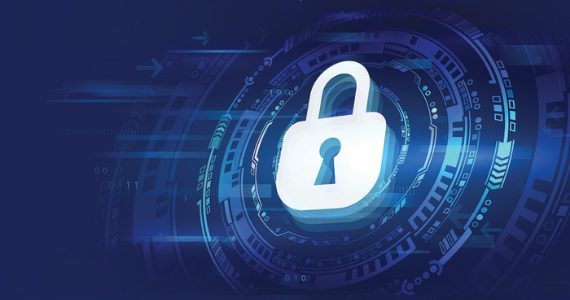Greater flexibility in working arrangements has been a by-product of the pandemic, as working from home has become more widespread. In fact, The Families in Australia Survey: Towards COVID Normal reported in November 2020 that two thirds of Aussies were working from home.

While this flexibility has many benefits, it does also bring downsides, such as the increase in cyber security risks. With working from home to continue to be a reality for many, as workplaces move to more flexible working arrangements, here’s what we can do to stay safe.
Why cyber security is of greater risk at home
According to the ACSC Annual Cyber Threat Report 2020-21, there was an increase in the average severity and impact of reported cyber security incidents, with nearly half categorised as substantial. And there were over 67,500 cybercrime reports, an increase of nearly 13% from the previous financial year.
Not only are cyber security attacks impactful to the individual, but they also take a toll on businesses. The Australian Cyber Security Centre (ACSC) found that the total estimated cost of cyber security incidents to Australian businesses is $29 billion per year.i
With so many Australians working from home, it’s no coincidence that the rates of cyber security attacks are on the rise. When we work from home, we are no longer protected by a closed office network, so we are at greater risk of cyber security threats.
Given we tend to be working alone at home, this also makes us more vulnerable to scams and phishing attempts. Click on a suspect email in the office, and it’s either caught before it gets to you or you can ask a co-worker if they have received the same. With fewer opportunities for water cooler chat, you are more likely to be out of the loop.
How to stay safe
There are various ways you can protect yourself from cyber-attacks, and you don’t need to be an IT whiz to do so.
Install antivirus and security software
Your first layer of protection should be the use of antivirus and security software, such as Norton or Bitdefender. If you already have this software installed, ensure that it is up to date.
Update software, including all security updates
You also want to stay up to date with your software, so don’t skip those security updates that appear on your computer and phone. You can turn on automatic updates, so you don’t have to worry about missing these.
Secure your home Wi-Fi
As well as having a secure password for your home Wi-Fi, you should also use a strong encryption protocol for your router (currently WPA2 is the most secure type of encryption) – you can check this through your device settings.
Review and update your passwords
If you have had the same password for years and don’t have variations for different purposes, it’s worth updating your passwords. It sounds obvious, but don’t choose a password that will be easy to guess, such as something relating to your street name or workplace.
Opt for multi-factor authentication
Multi-factor authentication provides an extra layer of security when it comes to accessing your devices, making them harder to hack into. An example of multi-factor authentication is the combined use of a secure password, an item such as a security key or token, and a validation such as a SMS or email.
Be aware of scams
Scamwatch.gov.au is regularly updated with the latest scams. Run by the ACCC, this website contains comprehensive and current information on scam attempts such as phishing and extortion. Share this info with family and friends so they also know what to be on the alert for.
Consult with your IT Department
If your workplace has an IT Department, contact them to ask for any additional tips on how you can stay secure working from home.
i https://www.cyber.gov.au/acsc/view-all-content/news/announcing-acsc-small-business-survey-report


